Lesson 2 – Pigments
- ABOUT PIGMENTS
For the eyeshadow PMU, I recommend using pigments that are quickly and easily soaked into the skin or mix of tattoo pigments or some proven PMU pigments from trusted manufacturers. These will always leave a juicy finish. There are high concentrated pigments and very liquid ones. Since the spraying technique is based on the operation using 1 RL needle, the pigment should easily flow down the needle and give the maximum color retention with the minimum number of points, creating a pixel effect.
- We can divide pigments we use into two large categories:
- Basic tones (for the coloring space in between and around the lashes and the arrow)
- And pigments for eyeshadows (colored)
The basic shades are black or brown, the classic styles depend on artists’ preferences and the technique used to obtain the best retention and best result.
I would like to remind you once again that due to the skin structure features, all the pigments on the eyelids look colder after healing. It is necessary to ”warm-up” any pigment or mixture you use in order to avoid the blue color that appears after the healing.
To any black color, you use it is recommended to add some red or orange or deep brown color, it is especially important if you use tattoo inks.
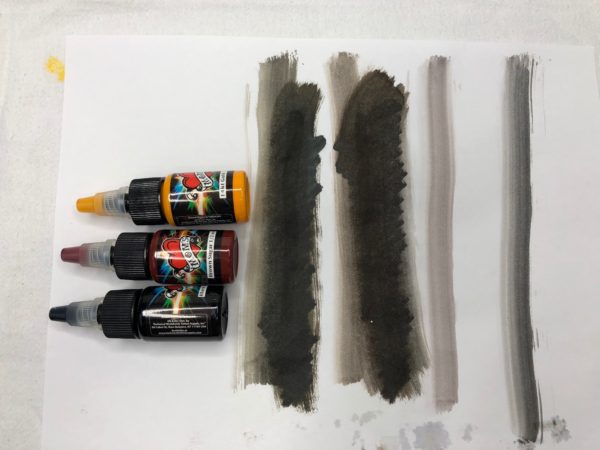
And nevertheless, despite all our efforts to archive a pure black color, as a result, we will not be able to get it anyway. It does not depend on the pigment or the technique or the experience of the PMU master, it is solely a feature of the skin’s skin and the physical properties of light.
This is less prevalent on clients with high melanin content in the skin so it is better, to be honest with clients about the color they gonna get and correctly selecting the clients.
Colored pigments have usually green, purple, blue and brown tones.
Colored pigments of green, purple and blue are very similar, so it does not make a big difference whether you use PMU pigment or tattoo ink. For the procedure, we need juicy, saturated non-transparent colors.
Remember that all the colors look colder after healing.
Let’s look at the purple shades.
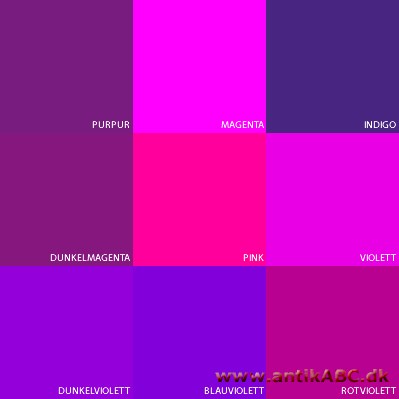
Magenta, dark violet, dark magenta-these are the proper colors we can use, they will give good retention and they will look fresh and pleasant.
Pink and red-violet will create the effect of sore eyes.
Indigo will heal in absolute gray color and can look violet in spraying techniques if we apply it in a very dense way.
Purple will also look gray, we should apply it very densely.
Green hues are perhaps the most acceptable among other colors for the eyeshadows. The result will look very natural and will add some freshness to the face.
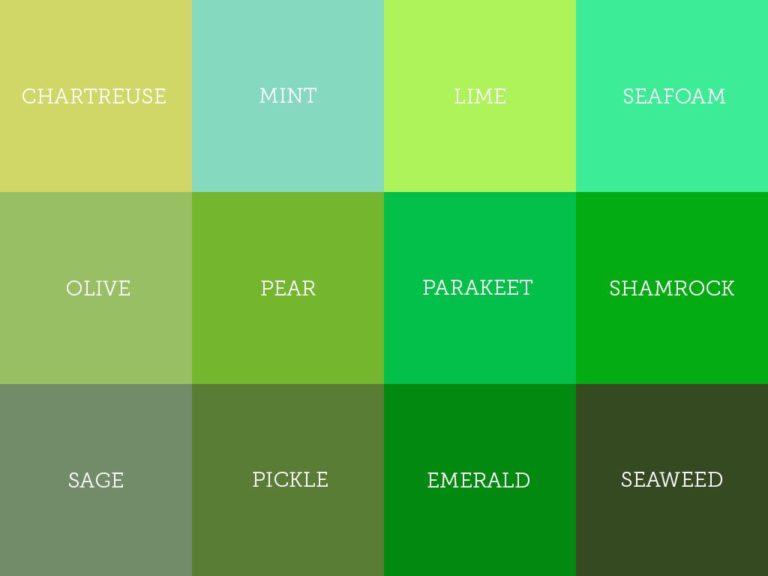
Lime will heal as a very bright color, it might look fake though and not many people would like it.
Chartreuse and all the similar shades of warm light green or beige color or brown hue, unfortunately, won’t be seen much on the skin if we use spraying techniques. If we apply it very densely it will make the PMU look too heavy and in time it will turn into an unattractive yellowish color, plus it will be impossible to get rid of it.
Olive, sage and too cold green colors will look too gray after the healing. Pear and pickle are excellent colors, in this case, a little yellow can also be added to warm it up. They retain their juicy very natural shades when healed, emphasize the color of the eyes and add some volume.
Parakeet and seafoam are visible on the eyelids, however, they are not natural looking at a human face. Anyhow they look very bright and fancy.
Seaweed is a beautiful color for the PMU, however, it looks colder after healing and due to the small content of titanium dioxide is practically not visible after the healing. It looks nice though if it is slightly warmed up and applied tightly over the eyelashes as a basic shade.
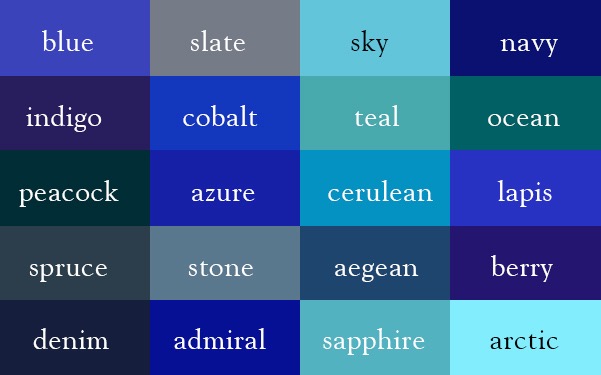
All dark blue colors look gray after healing they look flat and dull.
Since the blue color is cold on its own itself, it looks even colder after the healing. They rarely look good on anyone and do not really suit to any client.
From the blue hues, only the light colors such as the Arctic and Sky are used. They look fresh and noticeable after the healing, they remain blue, not gray. However, this kind of color is rarely seen in nature, the makeup looks artificial, brighter than the eye color.
Gray tones such as stone slate and peacock look more natural but quite are gray and flat.
This pigment in the skin does not give any shine and texture, I advise being very cautious with these shades.
Pure blue color such as admiral, lapis, and cobalt are applicable but not natural looking. I would recommend to use them just as a touch or a barely noticeable nuance of your PMU.
Of all the variety of colors, I prefer for several reasons the brown shades to perform eyeshadows PMU.
- Brown shades look natural
- Over time, they turn gray, but it is predictable and acceptable.
- They are suitable for all color types.
- They can be removed safely.
However, it is necessary to choose the right brown color.
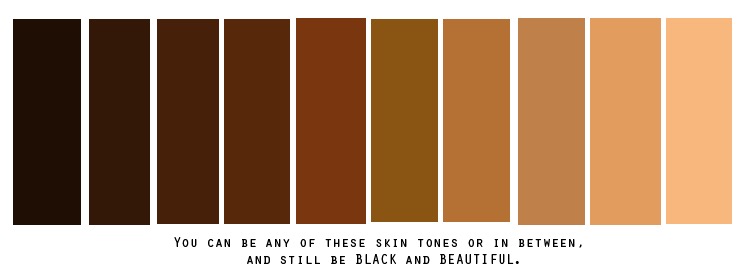
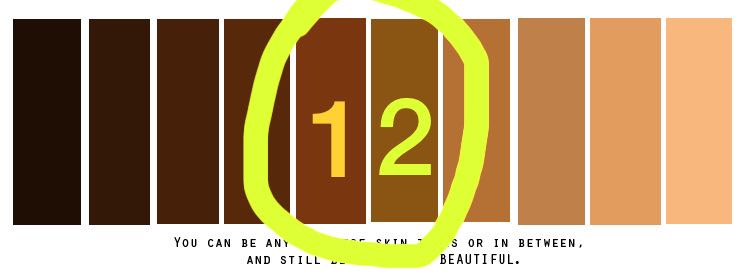
If you make a mix of tattoo pigments only two medium colors 1 and 2 are applicable.
Lighter shades are noticeable on the skin, and the dark ones heal in a cold gray or purple color.
Two medium shades of brown, the warmer one is more yellow, both heal into a pleasant noble brown color.
I choose tattoo ink mixes because:
Tattoo pigments are very concentrated
They are liquid
They turn cold color in time and since we use warm brown pigment it is the most optimal way.
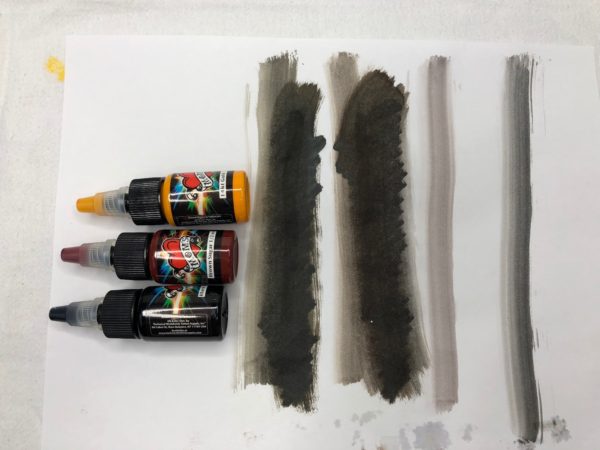
Ok, go to the next lesson and Let’s watch the full Procedure.
